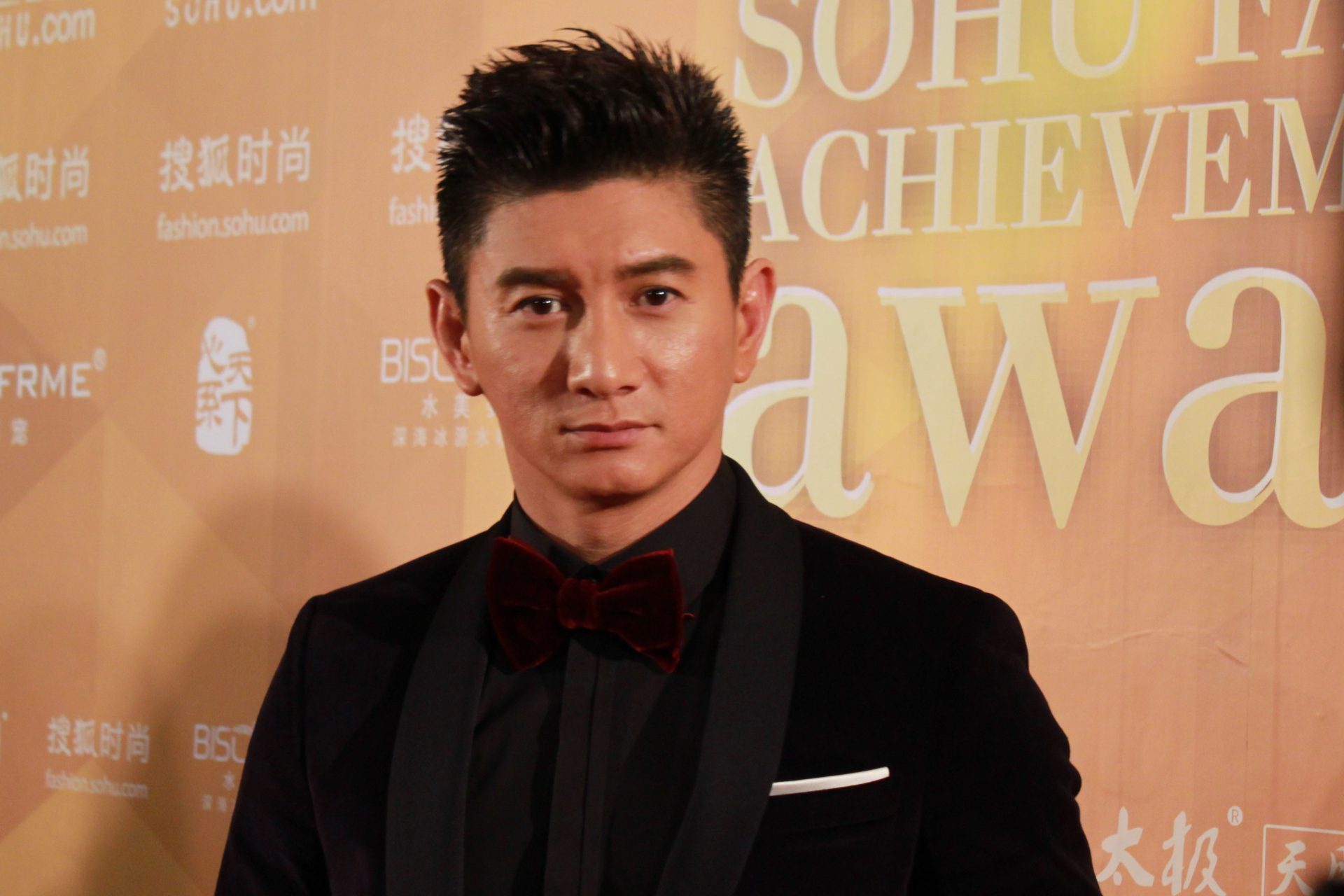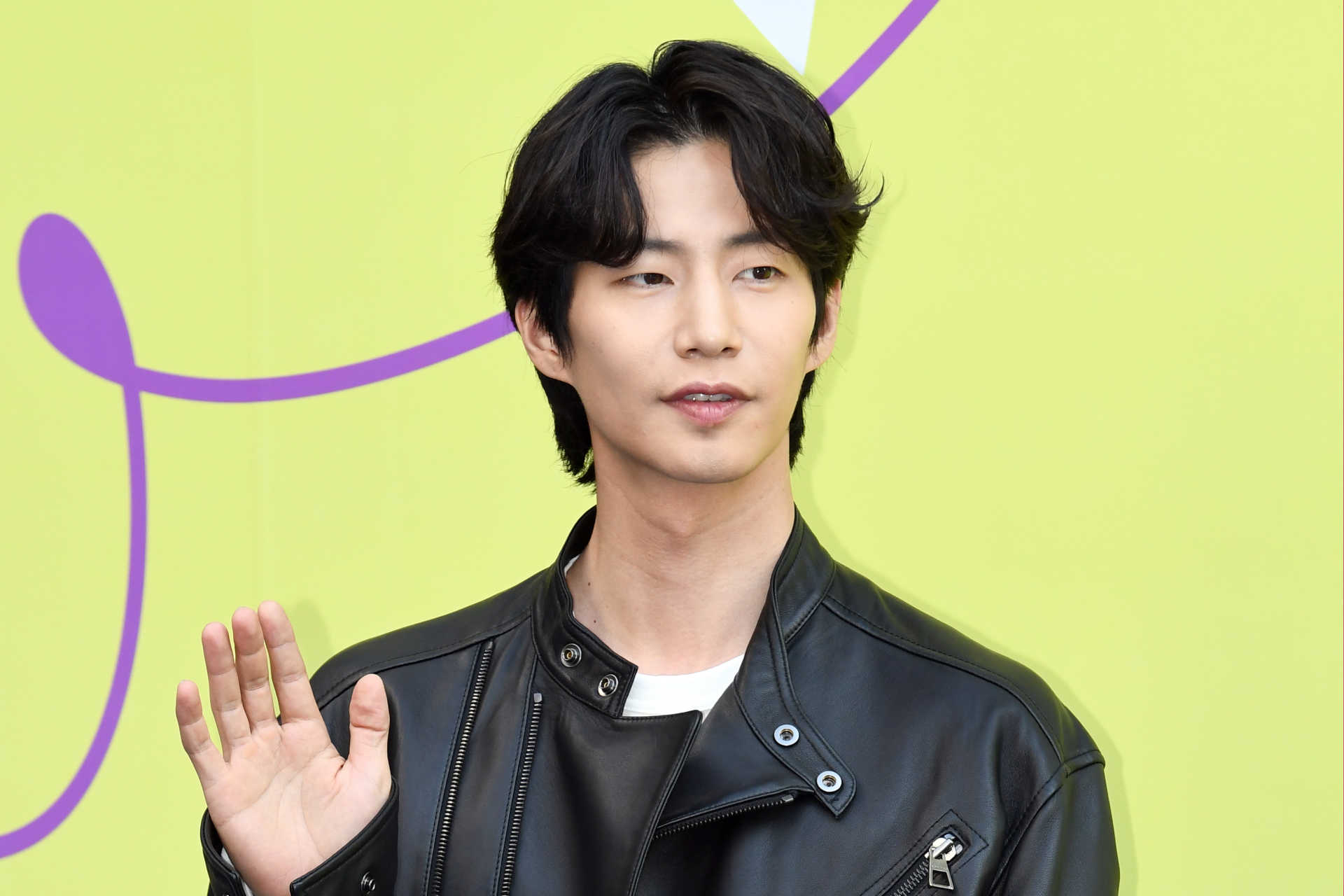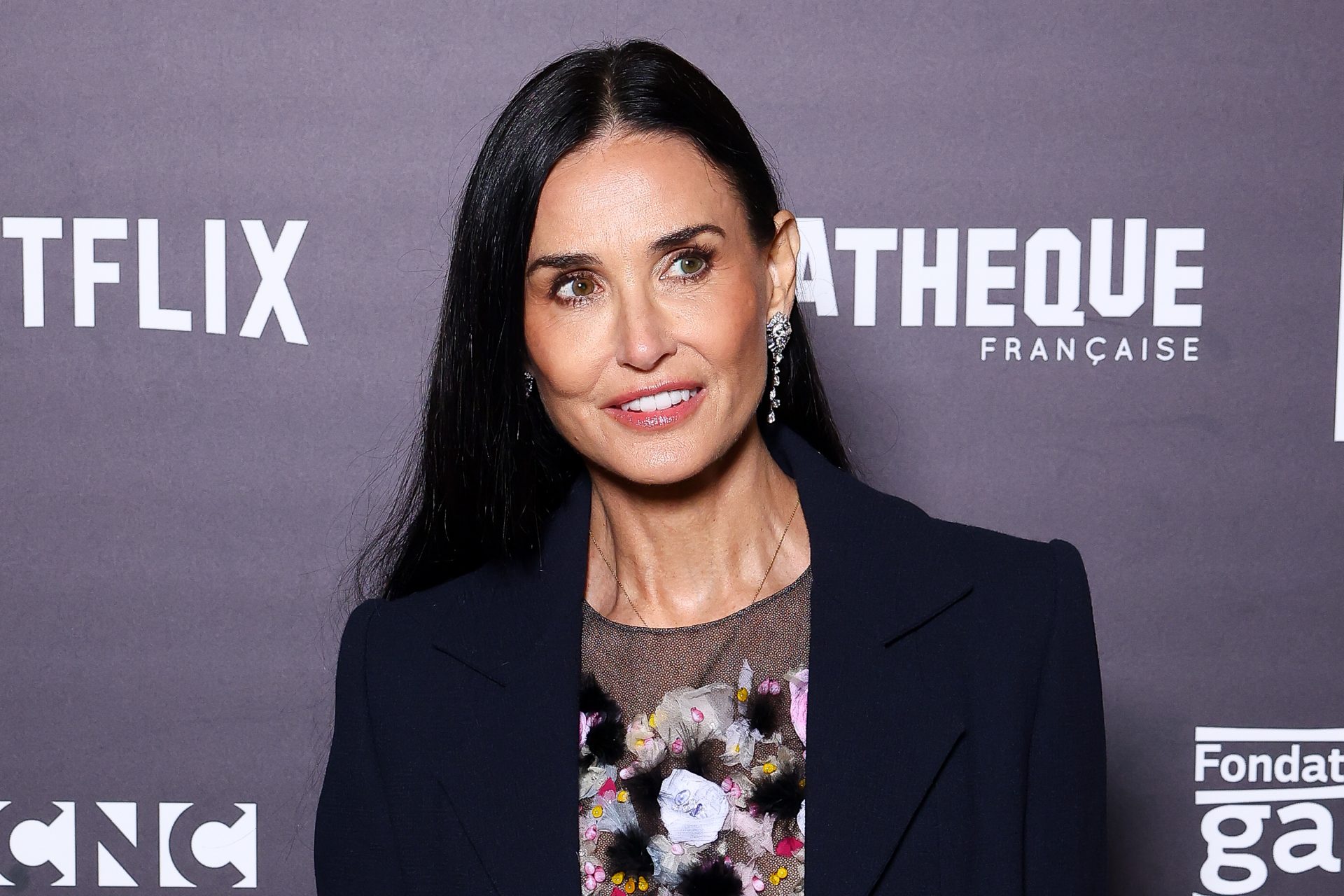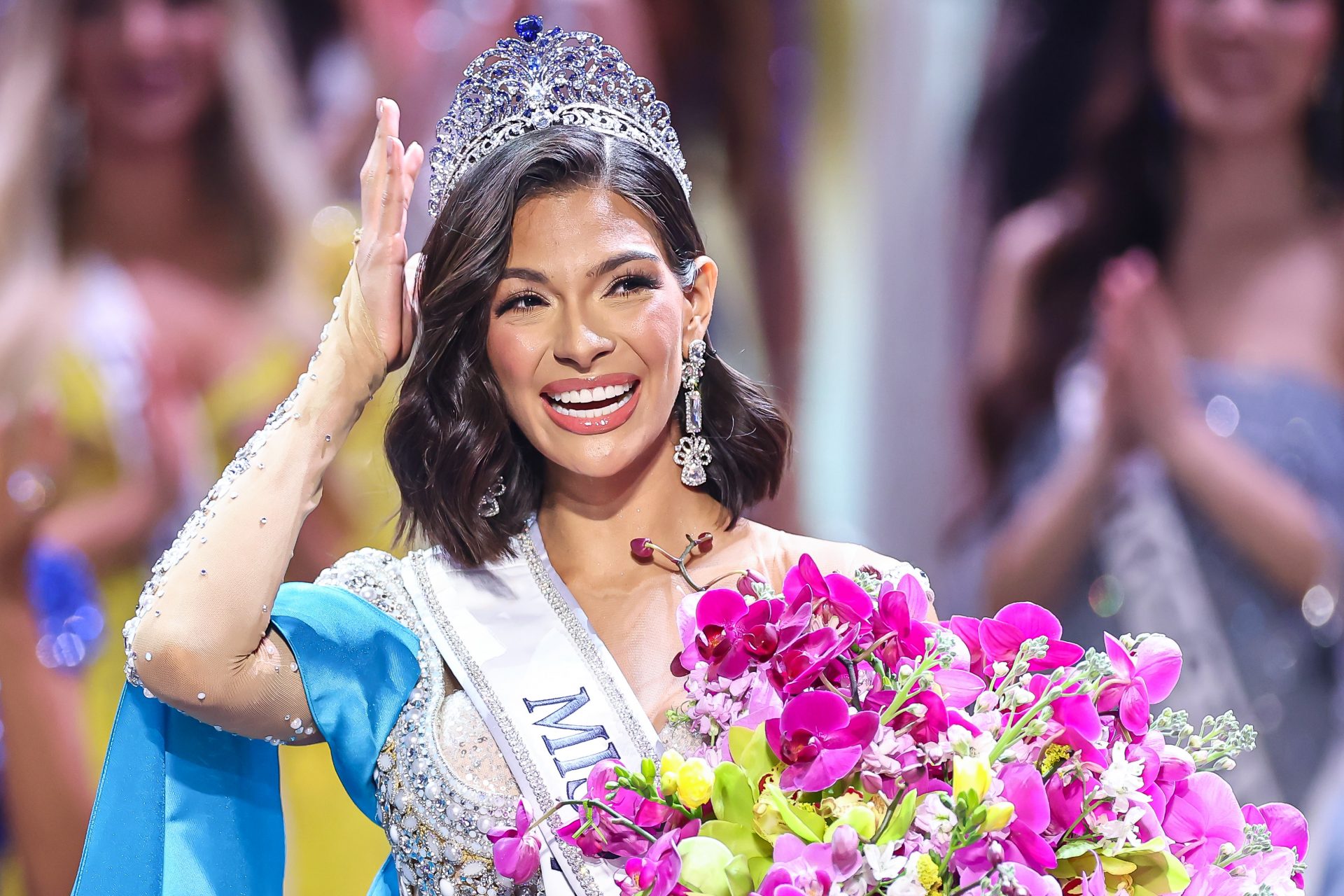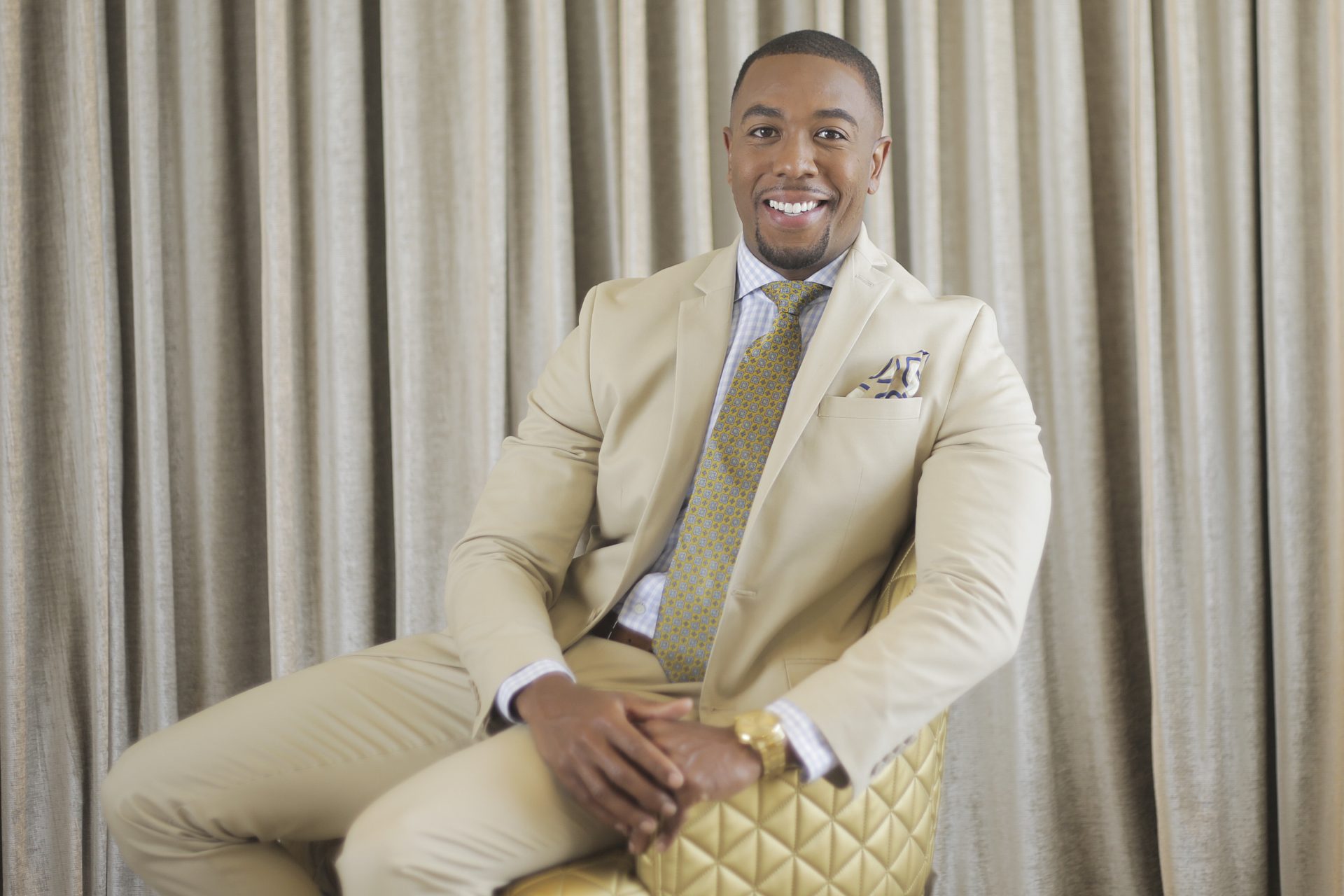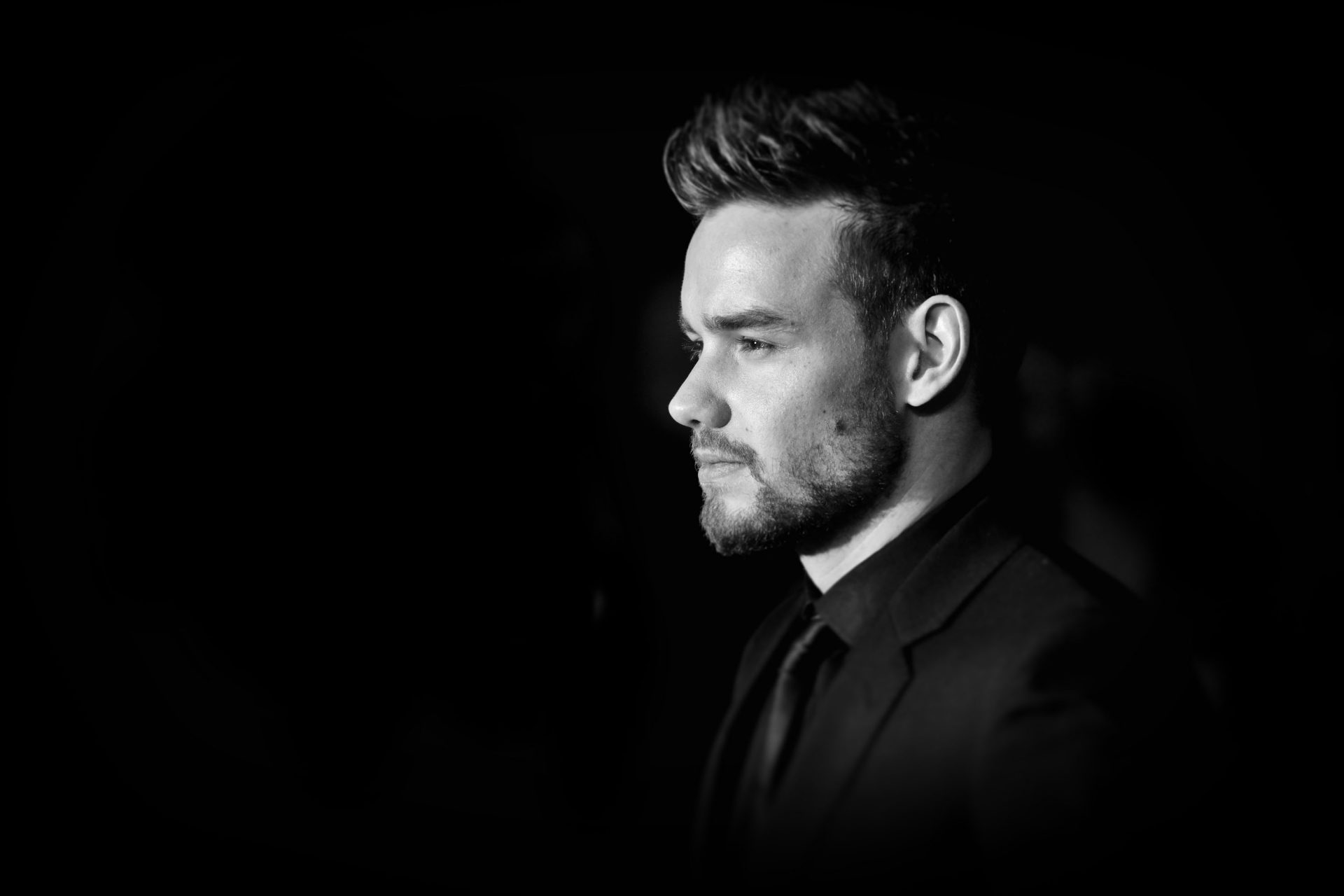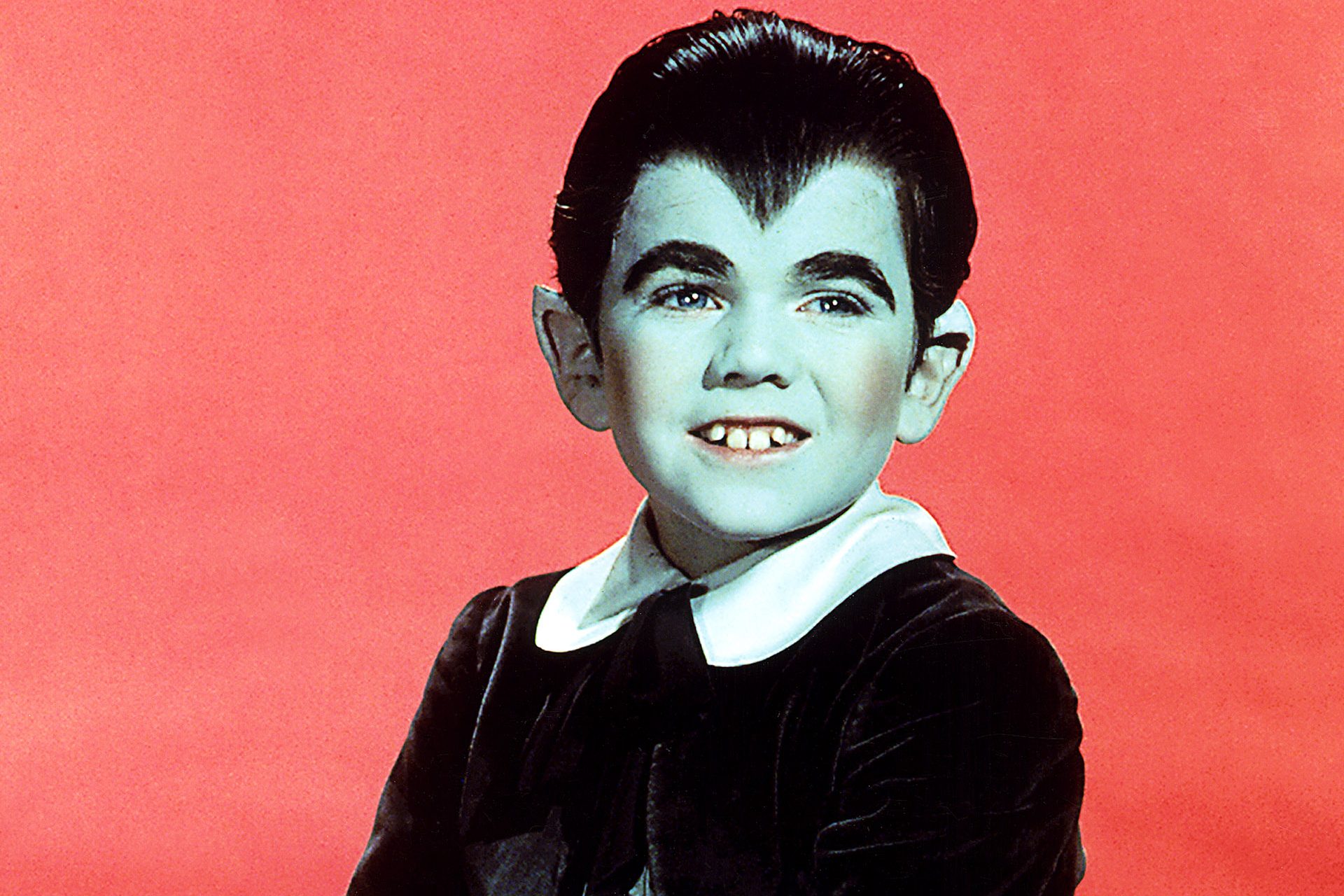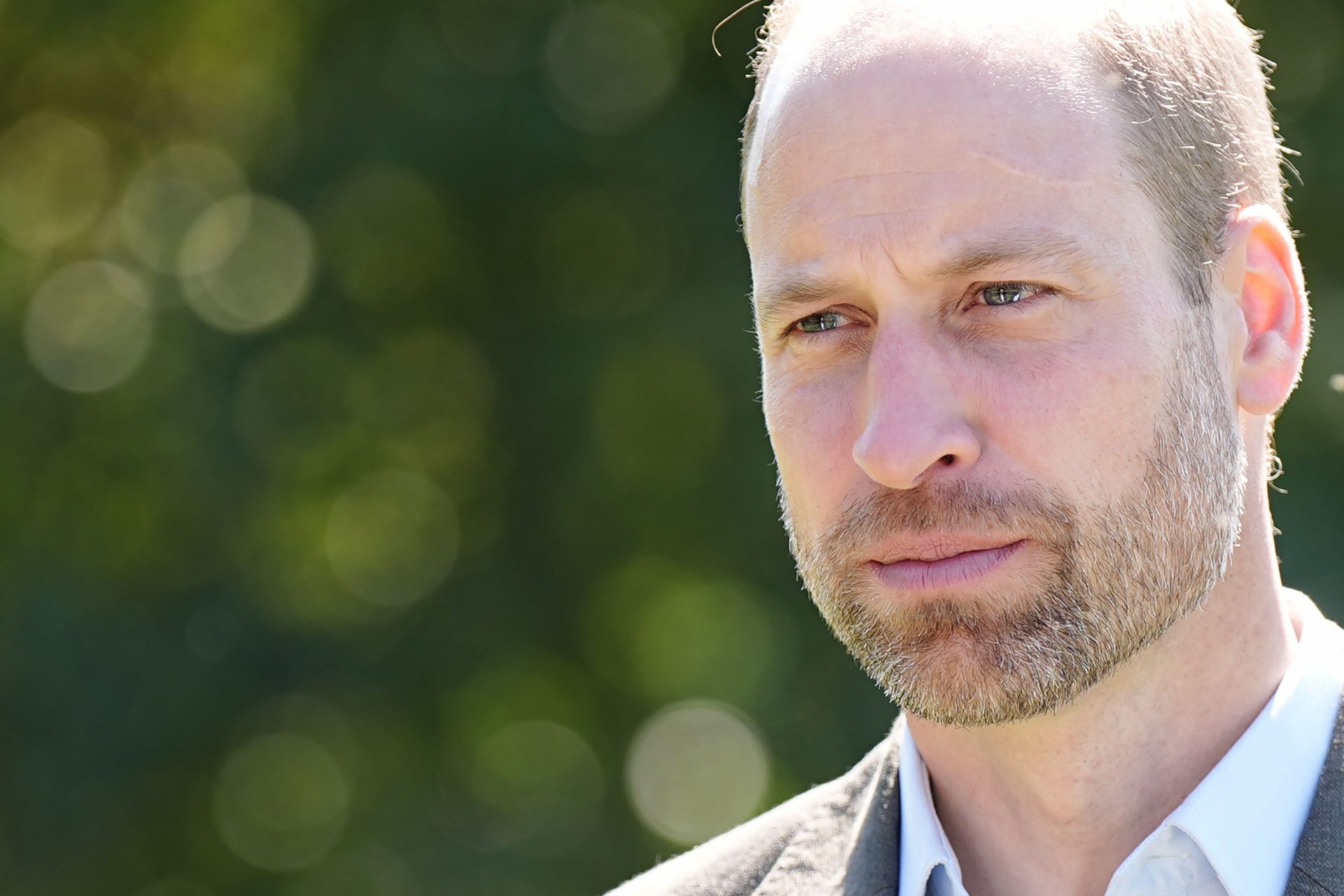Star Wars: A New Hope: Interesting things you (maybe) didn't know
On May 25, 1977, under the direction of George Lucas, the 'Star Wars' universe was born. This was the premiere of what would be the first film in a trilogy that would go on to make history in the science fiction genre and in cinema in general.
In it, Princess Leia (Carrie Fisher), leader of the rebel movement that wants to reinstate the Republic, is captured by the Imperial Forces, led by Darth Vader. The young Luke Skywalker (Mark Hamill), Han Solo (Harrison Ford), and the androids R2D2 and C3PO, are responsible for rescuing her to restoring peace in the galaxy.
That first installment of the saga was called precisely that, 'Star Wars' ('Star Wars'), a title that would change 20 years later to 'Star Wars: Episode IV - A New Hope' Not knowing what a demand for more films there would be.
Its name change could be labeled as one of the strange things we know about surrounding this film that won no less than 7 Oscars out of 11 nominations: a Golden Globe, 11 Saturn Awards, 2 BAFTAS, a Grammy and an MTV Movie Award.
Speaking of the Oscars, 'A New Hope' was the only one of all the films in the 'Star Wars' universe that, although it did not win the statuette, it was nominated for Best Picture, as well as being the first science fiction feature film in history to make it onto the list of candidates to win it.
As for its origin, George Lucas' original idea was to bring the adventures of one of the great superheroes of his childhood: Flash Gordon to the big screen. However, Italian producer Dino de Laurentiis beat him to the punch by acquiring the rights and Lucas couldn't come up with a better idea than to create his own science fiction universe.
To create this new universe, Lucas was inspired by Akira Kuroasawa's mythical film 'The Hidden Fortress' (1958) and by two fundamental novels in the science fiction genre: 'Dune', by Frank Herbert, and 'The Lord of the Rings', by J.R.R. Tolkien.
George Lucas wrote no less than nine different 'Star Wars' scripts, of which a 20th Century Fox executive Alan Ladd Jr. only agreed to produce one. It was the only studio to accept the challenge from Lucas. He already had a long list of rejections on the grounds that it would be a failure at a time when there was little interest in science fiction films.
In his negotiations with 20th Century Fox to launch the film, Lucas negotiated a significant reduction in his salary in exchange for keeping the merchandising rights generated by the film. A very wise decision that brought him a significant bonus...
Originally, the name of the movie was going to be 'Adventures of Luke Starkiller, as taken from the journal of the whills, Saga I: The Star Wars'. However, already in the filming process they decided to change it to 'Star Wars' and the name of the lead to Luke Skywalker.
Also, the original universe Lucas envisioned for 'Star Wars' was very different from the one that later came to us: Luke was actually a girl; Solo, a green-colored alien; the wookies, like Chewbacca, were called jawas; and C-3PO and R2-D2, could have been C-3 and A-2.
For the casting of the film, George Lucas had the help of a good friend and also film director and screenwriter, Brian De Palma, who at that time was preparing the film adaptation of the movie 'Carrie' (1976).
The audition to play Princess Leia included actresses such as Amy Irving, Linda Purl, Cindy Williams, Jodie Foster and Sissy Spacek, among others, although Terri Nunn and Carrie Fisher made it to the final fight for the role. The chosen one was Fisher, but Lucas' favorite was Nunn. They found the problem that, at that time, she was a minor.
The fact that Brian de Palma was preparing the adaptation of 'Carrie' is also important for this first installment of 'Star Wars', since Carrie Fisher was going to play the leading role in it, but, knowing that she would be naked, she stepped aside leaving the way free for Sissy Spacek.
Carrie Fisher, by the way, confessed years later that she hated Princess Leia's hairstyle, something she never thought to say at any point during filming, for fear that George Lucas would fire her.
As for the character of Han Solo, he had several suitors -Kurt Russell, Robert Englund, Christopher Walken and Al Pacino, among others, but finally ended up in the hands of a very young Harrison Ford, with whom he had worked in 1973 in the film 'American Graffiti'.
Also surprising was the choice for the character of Luke Skywalker of a practically unknown Mark Hamill, who went to the casting after being convinced by Robert Englund (who was rejected for the role of Han Solo). He outperformed actors such as Nick Nolte, William Katt, Tommy Lee Jones and John Travolta.
Again going back to the movie 'Carrie', two of the discarded actors that auditioned for 'Star Wars' were eventually signed by Brian de Palma for his film: John Travolta and William Katt.
As for the character of Obi-Wan Kenobi, Alec Guinness was never the first choice. George Lucas wanted the Japanese Toshiro Mifune for the role, but it was not possible. They wanted a renowned actor for the role and, finally, the British actor was chosen.
Even so, signing Guinness was complicated and costly. He accepted the role after they doubled his initial salary and agreed to give him 2.5% of the royalty income and not to appear in public events to promote the film.
Alec Guinness never liked the character. He has always been very upset about being recognized for his role as Obi-Wan Kenobi, which he considered "bland, flat and shallow" and said in an interview that he "couldn't stand to recite such banal lines of dialogue".
When George Lucas got his hands on one of the first edits of the film, he decided to ask two of his friends for their opinions, with mixed responses: Brian de Palma told him it was "the worst movie he had ever seen", while Steven Spielberg predicted it would be a box-office hit and become "the greatest movie of all time".
George Lucas himself knew it would be a failure, so instead of attending the premiere of the film, he went on vacation to Hawaii, where he met Steven Spielberg. From that meeting, it is said, was born 'Indiana Jones Raiders of the Lost Ark', directed by Spielberg and produced by Lucas.
In the end, 'Star Wars: Episode IV - A New Hope' was a success and would become the first film to surpass $300 million in worldwide box office receipts, a record that lasted until 'Titanic' took it away in 1997.
The distribution company also didn't trust in the success of the film, so, at first, it only distributed the films in 32 theaters throughout the United States. Then, there was the surprise that, on its first day alone, it grossed $254,000.
Another anecdote with Spielberg is that, on a visit to the set of 'Close Encounters of the Third Kind' (1977), Lucas was so sure that it would be a blockbuster that he proposed to Spielberg to exchange 2.5% of his commissions for the box-office profits of both films.
'Star Wars' has many elements that make it very identifiable, as is the case of the opening text, with its special way of appearing on the screen. Fascinatingly, the opening text of the 1977 film was written by Brian De Palma.
Another interesting fact is its imperial soldiers, who were based on the German militia soldiers of the First World War, specialized in infiltration techniques. These became the so-called Stromtoopers (Sturmtruppen, in German).
The Imperial soldiers defended their regime under the orders of the evil Darth Vader, who, although for many has a very important presence throughout the film, only appears in about 8 minutes throughout the entire film.
The Darth Vader character created by George Lucas was based on Doctor Doom, the villain of Marvel's 'Fantastic Four' and DC Comics' 'Darkseid'.
Vader was also brought to life by two actors. Inside his black "armor" was British actor and bodybuilder David Prowse (photo), but the original voice of the character was American James Earl Jones. Oddly enough, despite this, they never met.
James Earl Jones who, at the time, was a reputable stage actor trying to make a name for himself in the film world, asked (and staff complied) that his name not appear in the credits of the film. He was worried it would negatively affect his career. It was a mistake that he himself acknowledged years later.
Darth Vader's characteristic lingering breathing sound was achieved using scuba gear.
This first installment of 'Star Wars' is the only film in the saga in which Darth Vader's 'The Imperial March' is not heard at any time, which has a very simple explanation: it had not yet been composed.
For the character of Chewbacca, who was played in his furry costume by Peter Mayhew, was based on a dog George Lucas had named Indiana. His name comes from the Russian word, "собака" (Sobaka), which means "dog".
Then an issue arose for 'Star Wars' - because of Chewbacca. Fox executives were concerned about the character appearing nude and raising the film's age rating. However, Lucas ignored them by showing his hairy body in all its splendor.
Another anecdote regarding Chewbacca comes from the scene in which, together with Luke, they try to escape from the garbage disposal. At the end they were unable to remove the smell of the garbage from the suit that Peter Mayhew had to wear.
That same scene was the beginning to another story: breathlessly enduring the smell of the waste that surrounded them, Mar Hammill burst a blood vessel that caused a stroke in one of his eyes, forcing the team to postpone filming.
The filming of the movie began in a desert in Tunisia, where the entire cast suffered the high temperatures. A shocking example was Anthony Daniels, who had to wear the plastic suit of C-3PO. Several fainting spells due to the heat led to his suit being replaced by another made of fiberglass.
In the case of the other droid in the film, R2-D2, played by Kenny Baker, he originally had dialogue! The actor spoke in a choppy manner, although they eventually decided to replace it with electronic sounds. He also had numerous swear words that provoked funny reactions from C-3PO that did remain in the footage.
The name R2-D2 comes from the abbreviation of "Reel 2, Dialog Track 2", which was used by the editor who worked for George Lucas on the movie 'American Graffitti' (2973).
For both droids, George Lucas was inspired by two peasants appearing in Akira Kurosawa's film 'The Hidden Fortress' (1958), who, like them, one was tall and one was short and had completely opposite personalities.
Lucas is a director of few words and not very communicative with the actors. Bearing this in mind, in the middle of the shooting, when he had lost his voice voice, to facilitate communication, they managed to put in his hands a blackboard with two phrases: "slow down" and "faster".
As the film's budget was limited and the expenses were enormous, it was decided that the entire crew would travel economy class, something that Carrie Fisher's mother, also an actress, Debbie Reynolds, was not very happy about. She called Lucas to demand an explanation. Carrie herself disavowed her with a blunt "Will you f- off already?".
The tight budget also meant that doubles could not be used in some scenes, such as the one in which Luke and Leia hang from a cable to escape from the Imperial soldiers. Hamill and Fisher bravely shot it... and in one take!
During the filming, Harrison Ford and Mark Hamill, who consolidated their great friendship during the shooting, kept making jokes on the set, something that only the veteran Alec Guinness was able to quickly put out with his mere presence. Youth, divine treasure...
As we said, the start of filming took the 'Star Wars' team to Tunisia, where they were forced to move the "sand crawler" away from the Libyan border. Thinking it was a huge military vehicle, the neighboring country had mobilized part of its army. The misunderstanding was eventually corrected, thus avoiding greater problems.
Also in the Tunisian desert: shooting the exteriors of Tattoine, the enormous skeleton of the Great Dragon Krayt was a set, which remained there after the end of filming. They met again in 2002 when they went to film 'Star Wars: Episode II - Attack of the Clones'.
Another important issue for a film like this was the special effects. For example, to create the effect of Luke riding on a flying car, a mirror was used underneath the prototype vehicle, moving at the same time with a stand to create that effect.
However, the need for more advanced special effects at a time when most studios had closed these departments, forced Lucas to create his own company, Industrial Light and Magic. And with that company, he has made history.



















































